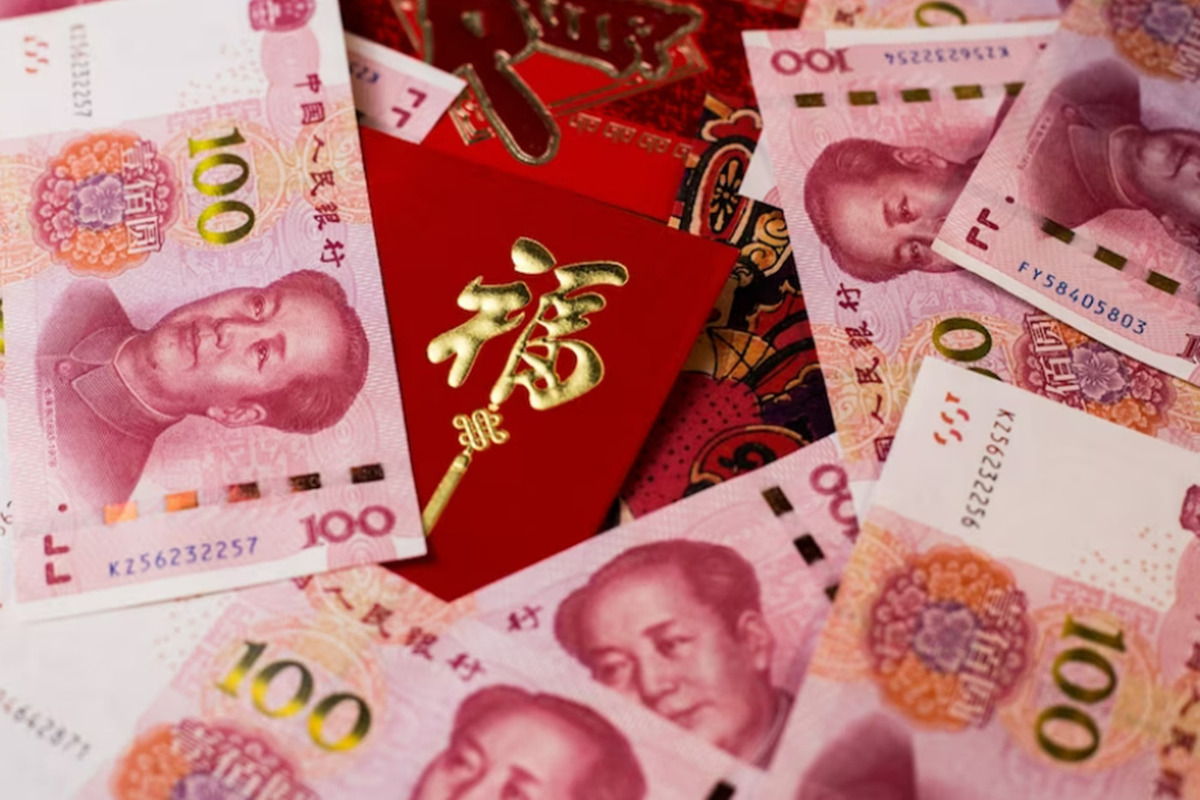The yuan has become the “new dollar”: the Central Bank reversed exchange rates
[ad_1]

Among businessmen, the demand for three national currencies, which were previously considered absolutely exotic in Russia, has grown sharply. In July, the volume of exchange trading in the Armenian dram, Turkish lira and Kazakhstani tenge increased by 55, 12 and 6 times, respectively, compared to July last year. The population, meanwhile, is in no hurry to acquire these assets in cash, preferring “toxic” dollars and euros in the old fashioned way. And financial market analysts do not advise individuals to contact them.
The yuan/ruble currency pair continues to break away. According to Sergei Titov, director of the money market department at the Moscow Exchange, “the yuan is becoming the new dollar,” its trading volumes on the spot market are constantly growing and already account for about 43% of the total. It is noteworthy that on August 28, the Central Bank reversed the exchange rates on its website. The traditionally top dollar has been displaced by the Chinese yuan.
In January-July, clients from the EAEU (in addition to Russia, the union includes Armenia, Belarus, Kazakhstan and Kyrgyzstan) and Tajikistan increased their trading volume by 80% compared to the same period last year. Now there are 37 of them in the Russian Federation, there are more than 400 Russian participants.
In mid-July, the Ministry of Finance presented a list of 44 jurisdictions whose participants (banks and brokers) will be able to directly trade foreign currency in Russia. It included the CIS countries, a number of Persian Gulf states, as well as China, India and Turkey.
Against the backdrop of such a bright exchange attack of “exotic” currencies, the question arises: should ordinary Russians, disappointed in the savings power of the dollar and the euro, begin to give preference to yuan, lira and rupees?
Experts believe that the interests of Russian individuals in relation to “exotic” currencies are hardly comparable to the needs of business to some extent. Moreover, in this case we are talking about funds strictly in cash, and getting them is not so easy. For example, the number of banks, even in Moscow, that sell cash lira comes down to literally two or three. This is due to the extremely unstable exchange rate of the Turkish national currency, and, accordingly, the unwillingness of credit organizations to work with it in order to minimize losses.
“In the situation with ordinary consumers, everything depends on individual financial goals and risks,” says BitRiver financial analyst Vladislav Antonov. – If there is an idea to invest in cash drams, Turkish lira and Kazakhstani tenge, then let them buy it. But why are they needed?
The lira, which has fallen in price by 43% against the dollar, should be excluded from the list altogether. Drams and tenge are also not very stable due to a number of macroeconomic and political circumstances. Better then pay attention to the yuan: the Chinese currency remains a good alternative to the dollar and the euro.”
Although the volumes of trades in lira, dram and tenge have grown several times in absolute terms, they remain extremely insignificant in percentage terms, financial analyst Sergey Drozdov notes. These currencies are in demand precisely by business – in those specific cases when it is necessary to make a transfer abroad in them. As for the population, since these currencies are highly volatile, it makes no sense to buy them as a protective asset. Moreover, they still need to be found in bank branches in cash, and spreads (the difference between the buying and selling rates) will always be large. It’s easier to have savings in rubles.”
“Once, in the early 1990s, when the euro had not yet appeared, the national monetary units in the Old World were, among other things, the German mark, the French franc, the Italian lira,” recalls Drozdov. – In the jargon of our currency speculators, it was called “geography”.
Now the half-forgotten term is quite applicable to the situation with the Armenian dram, Turkish lira and Kazakhstani tenge: the population should get involved with this currency cocktail only in case of emergency. And even the yuan should be treated with caution: as a defensive asset, a priori, it is not capable of becoming a full-fledged replacement for the dollar and the euro.”
It is clear why the volumes of trading in dram, lira and tenge are growing: the number of foreign trade operations with these countries is increasing and preparations are underway for settlements in national currencies, argues Mikhail Belyaev, candidate of economic sciences. However, the expert assures, the Russians definitely do not need to invest in them: there is no confidence in their growth against the ruble, or at least in the stability of the exchange rate, in order to protect themselves from inflation. The dollar and the euro are still out of competition in terms of reliability. By the way, the share of the dollar in international settlements in July rose to record levels within the SWIFT system – from 39.4% (in June) to 46.5%. According to Bloomberg, ten years ago, the “American” accounted for about a third of the total volume of settlements.
[ad_2]
Source link






